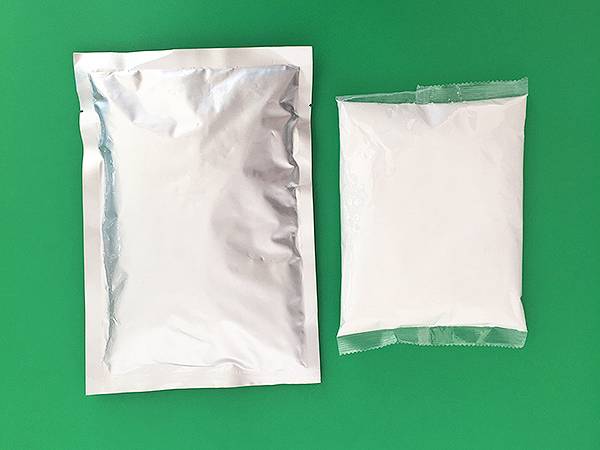



Exploring the pH Levels of 10% Sodium Hydroxide Solution
Understanding the pH of 10% Sodium Hydroxide (NaOH) Solution
Sodium hydroxide, commonly known as lye or caustic soda, is a highly alkaline compound often used in various industrial applications, laboratories, and even household cleaning products. One of its notable features is its ability to affect pH levels significantly. In this article, we will delve into the characteristics of a 10% sodium hydroxide (NaOH) solution, particularly focusing on its pH and the implications of using such a strong base.
What is Sodium Hydroxide?
Sodium hydroxide (NaOH) is an ionic compound composed of sodium ions (Na⁺) and hydroxide ions (OH⁻). Due to its strong basic properties, NaOH is widely used in chemical manufacturing, paper production, textile treatment, and food processing. When dissolved in water, sodium hydroxide dissociates completely into its constituent ions, resulting in a highly alkaline solution.
The pH Scale Explained
The pH scale is a logarithmic scale ranging from 0 to 14 that measures the acidity or basicity of a solution. A pH of 7 is considered neutral, while values below 7 indicate acidic solutions and values above 7 indicate basic or alkaline solutions. Strong acids have low pH values, while strong bases have high pH values – typically above 12. Understanding pH is crucial in many chemical processes, environmental monitoring, and laboratory analyses.
pH of a 10% NaOH Solution
To understand the pH of a 10% NaOH solution, we first need to recognize what the concentration entails. A 10% solution means that there are 10 grams of NaOH dissolved in 100 milliliters of water. When NaOH dissolves in water, it completely dissociates into Na⁺ and OH⁻ ions. The concentration of hydroxide ions in this solution is key to calculating the pH.
Calculation of pH
1. Molar Mass of NaOH The molar mass of sodium hydroxide is approximately 40 g/mol.
10 mm naoh ph

2. Determination of Molarity A 10% solution by weight corresponds to a molarity of \[ \text{Molarity} = \frac{\text{mass of solute (g)}}{\text{molar mass (g/mol) × volume of solution (L)}} \] For 10 grams in 0.1 liters (100 mL), the molarity becomes \[ \text{Molarity} = \frac{10 \text{ g}}{40 \text{ g/mol} \times 0.1 \text{ L}} = 2.5 \text{ M} \]
3. Concentration of Hydroxide Ions Since NaOH is a strong base that fully dissociates, the concentration of OH⁻ ions is also 2.5 M.
4. pOH Calculation The pOH can be calculated using the formula \[ \text{pOH} = -\log[\text{OH}⁻] = -\log(2.5) \approx -0.4 \]
5. pH Calculation Knowing that \[ \text{pH} + \text{pOH} = 14 \] We can find the pH \[ \text{pH} = 14 - (-0.4) = 14.4 \]
However, since the pH scale typically caps at 14, we can conclude that a 10% NaOH solution is extremely basic, likely resulting in a pH very close to 14, and can be considered caustic.
Practical Applications and Safety Considerations
The high pH of a 10% NaOH solution means that it is capable of causing severe burns upon contact with skin or mucous membranes. It is essential to handle this solution with care, wearing appropriate protective equipment such as gloves, goggles, and protective clothing. In addition, proper storage and disposal methods must be adhered to in order to minimize environmental impacts and risks to human health.
Conclusion
Understanding the pH of a 10% sodium hydroxide solution is pivotal for those working in chemistry-related fields. Its strong alkaline nature serves various applications, but also poses risks that necessitate caution. As we continue to study and utilize such compounds, respect for their properties and potential hazards remains paramount.
-
Why Sodium Persulfate Is Everywhere NowNewsJul.07,2025
-
Why Polyacrylamide Is in High DemandNewsJul.07,2025
-
Understanding Paint Chemicals and Their ApplicationsNewsJul.07,2025
-
Smart Use Of Mining ChemicalsNewsJul.07,2025
-
Practical Uses of Potassium MonopersulfateNewsJul.07,2025
-
Agrochemicals In Real FarmingNewsJul.07,2025
-
Sodium Chlorite Hot UsesNewsJul.01,2025










